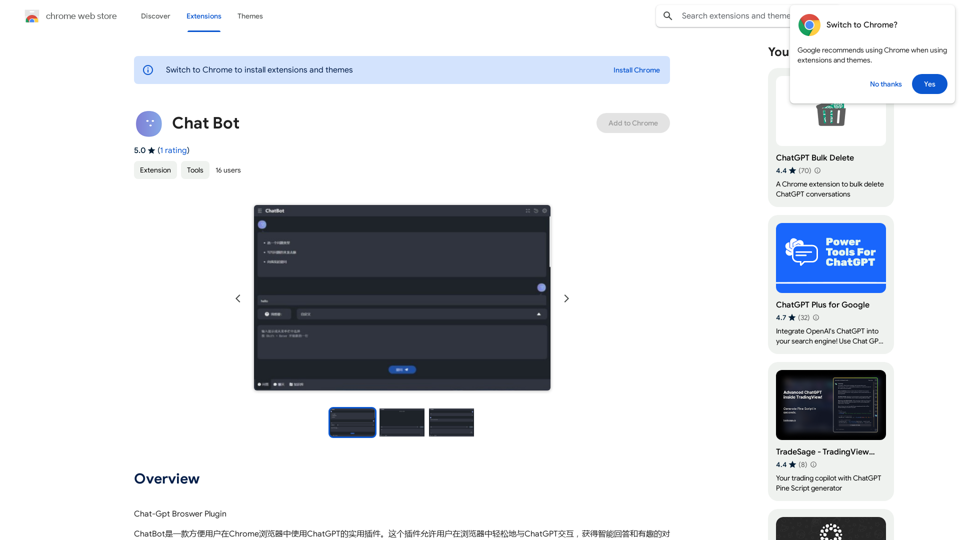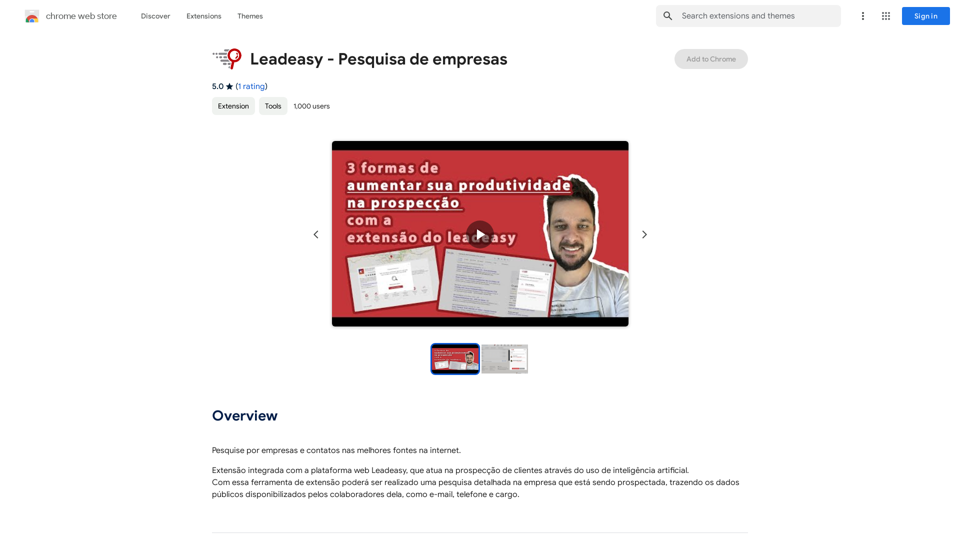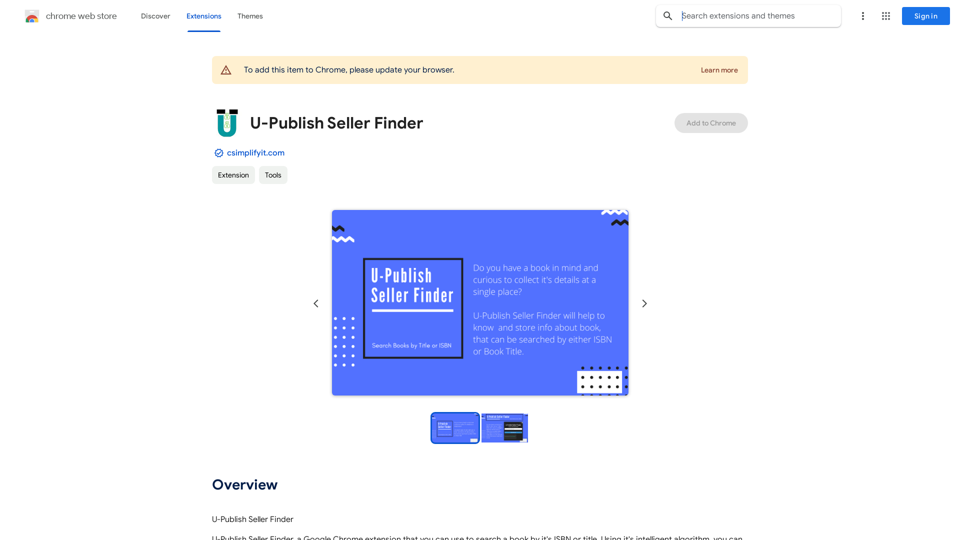QuPrompt is a free all-in-one extension for managing ChatGPT prompts. It offers a comprehensive library of premade prompts and powerful customization features to optimize your workflow effortlessly. This versatile tool supports multiple languages and allows users to create, save, and organize their own prompts, making it an essential asset for various scenarios, from content creation to coding and debugging.
ChatGPT Prompt Builder
Master ChatGPT with ease! Use pre-made prompts or create and save your own for later.
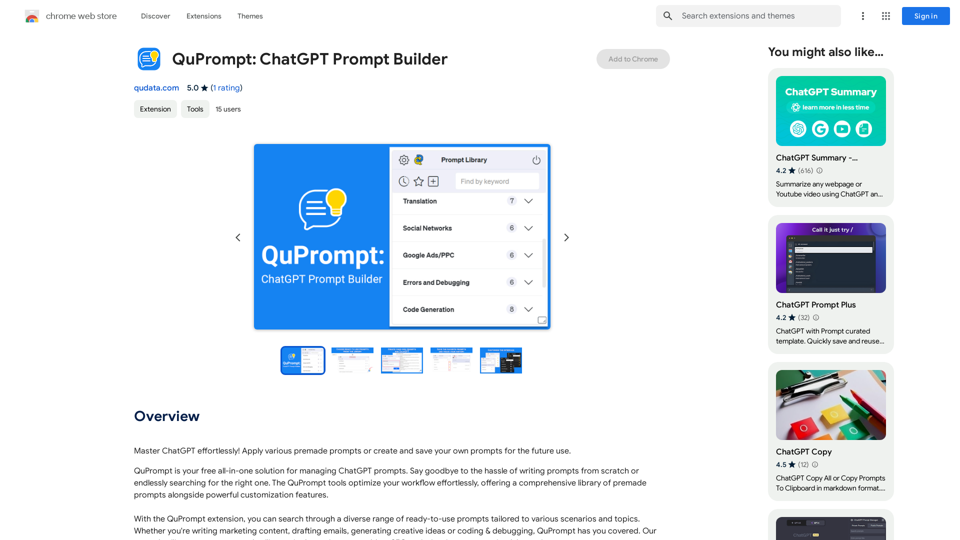
Introduction
Feature
Extensive Prompt Library
QuPrompt provides a diverse range of ready-to-use prompts tailored to various scenarios and topics, including marketing content, email drafting, creative ideation, and coding & debugging.
Customization and Organization
- Add your own prompts in any language
- Search for prompts by keywords
- Copy, edit, and delete prompts
- Bookmark favorite prompts for easy access
- Pin chosen categories for quick navigation
- Track prompt history
User-Friendly Interface
- Customize the interface to suit individual preferences
- Multi-language support for global accessibility
Cost-Effective Solution
QuPrompt is a free extension, offering all its features without any cost to users.
Privacy Protection
QuPrompt prioritizes user privacy and does not collect or use personal data for any training purposes.
FAQ
How do I get started with QuPrompt?
To begin using QuPrompt, simply install the extension and explore its features. You can immediately start using premade prompts or create your own to suit your specific needs.
Can I use QuPrompt in languages other than English?
Yes, QuPrompt supports multi-language functionality, allowing you to create and use prompts in any language you prefer.
Is it possible to create and save my own prompts?
Absolutely. QuPrompt allows you to create and save your own prompts in any language, giving you full control over your prompt library.
What are some helpful tips for using QuPrompt effectively?
- Utilize premade prompts to save time and effort
- Customize the interface to enhance your workflow
- Bookmark favorite prompts for quick access
- Pin frequently used categories for swift navigation
Latest Traffic Insights
Monthly Visits
193.90 M
Bounce Rate
56.27%
Pages Per Visit
2.71
Time on Site(s)
115.91
Global Rank
-
Country Rank
-
Recent Visits
Traffic Sources
- Social Media:0.48%
- Paid Referrals:0.55%
- Email:0.15%
- Referrals:12.81%
- Search Engines:16.21%
- Direct:69.81%
Related Websites

HireJoy is an AI tool powered by GPT-4 that can review candidates more completely than a person, in a much shorter amount of time.
193.90 M
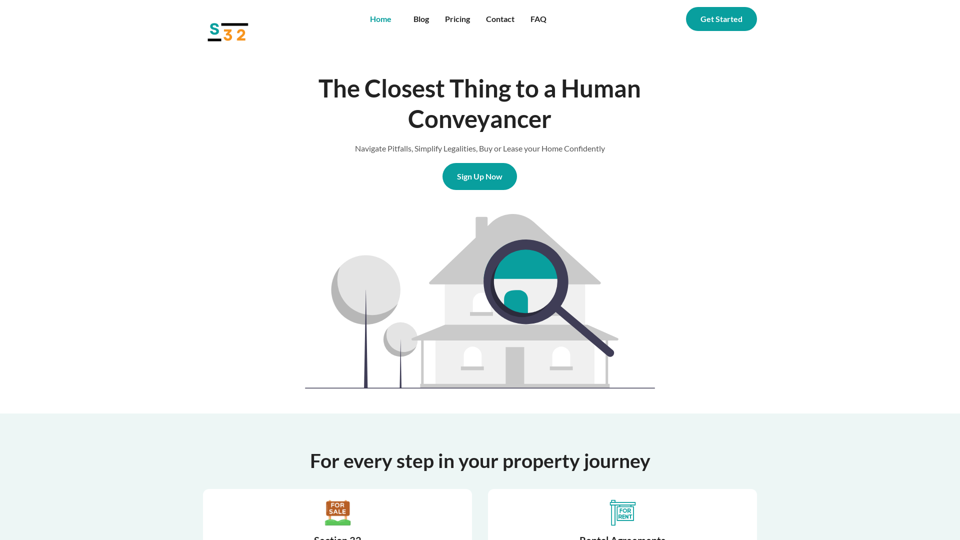
S32 | Your Personal AI Conveyancer for Section 32 and Rental Agreements
S32 | Your Personal AI Conveyancer for Section 32 and Rental AgreementsThe Closest Thing to a Human Conveyancer
69
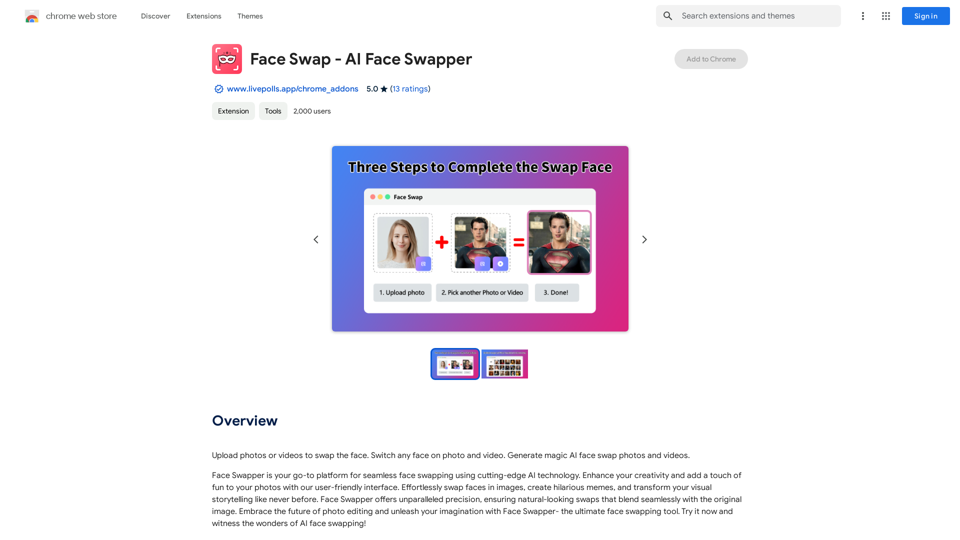
Upload photos or videos to swap the face. Switch any face on photo and video. Generate magic AI face swap photos and videos.
193.90 M

UniGPT UniGPT is a type of artificial intelligence (AI) model that combines the capabilities of both Unified and Generative models.
UniGPT UniGPT is a type of artificial intelligence (AI) model that combines the capabilities of both Unified and Generative models.UniGPT is a platform that unites all GPTs in one place, providing access to advanced AI technologies
0
